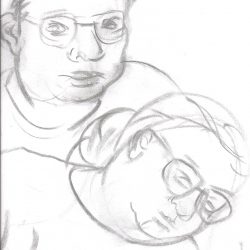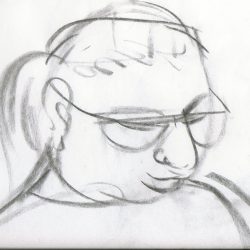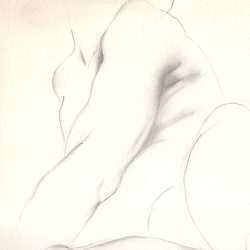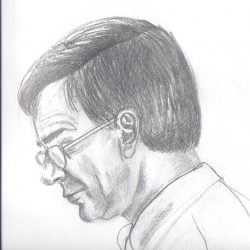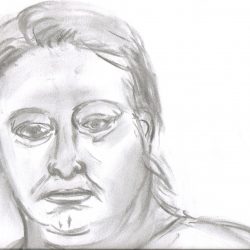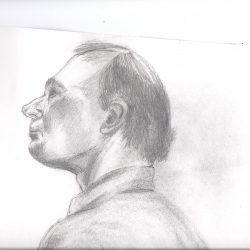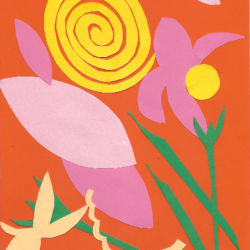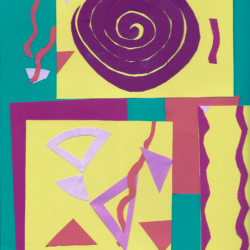The best way to understand art is to make art. One easy introduction is to make a poster of photographs of works of art.
Take a trip to the museum with a parent and look at the works of art: paintings, sculptures, prints and drawings. There are many more forms of art, too, as you will see when you stroll through the galleries. These forms of art include the decorative arts such as pottery, jewelry or ceramics. Walk through the gift shop and collect postcards with works of art printed on them. Go to a thrift store or a flea market and buy old books or magazines about art or with works of art in them. Cut out the ones that are beautiful, interesting or meaningful.
MATERIALS:
Poster board, any size
Pictures of works of art from magazines, catalogs, old books, etc.
Rubber cement or glue stick
Scissors
- Cut out photographs of art works from magazines, newspapers, catalogs, or use postcards from the museum art shop. You can use copies of your art work, too.
- Your poster can have a theme like Greek Art (like the sample above) or Modern Sculpture or no particular theme. Glue the pictures to a piece of poster board forming a design.
- Study the pictures. Do you know which one is painting or sculpture or drawing or print? What do you like about them?
- Tape the poster inside your locker or on the door of your room. Or cut it to 8” x 2 ¼” and use the pieces as bookmarks.
* Art Work by Bridget Riley, Marion Constantinides, Kitagawa Utamaro, and Michel Touliere.





